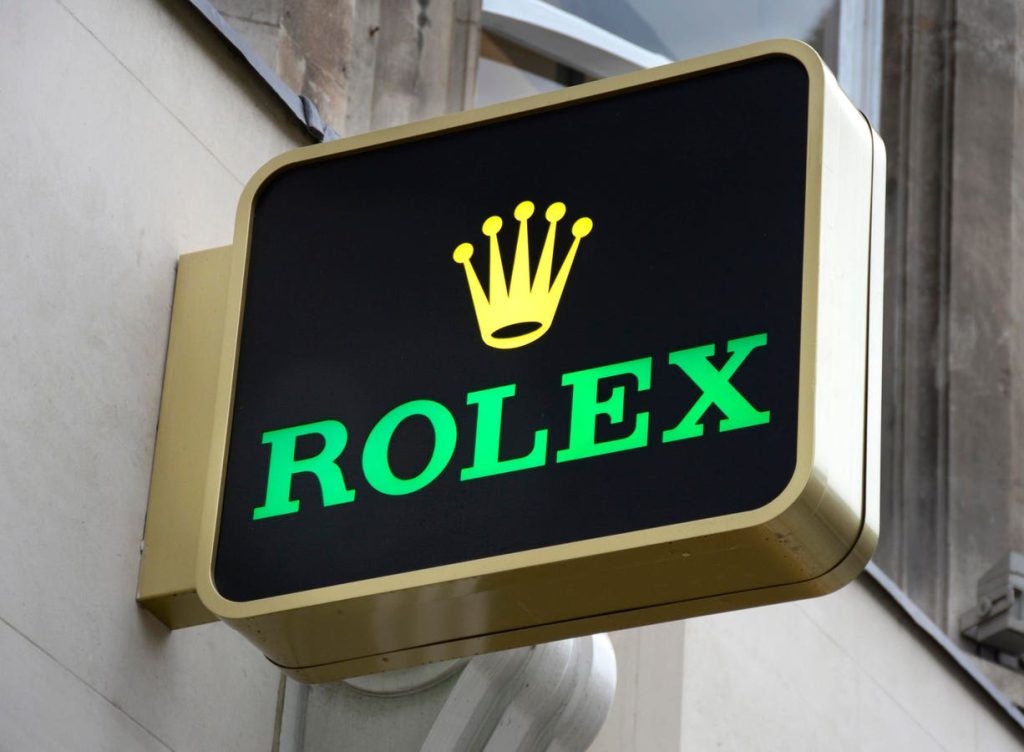The luxury watch market saw a surge in demand during the pandemic as consumers with disposable income and an interest in collectibles sought out brand-name timepieces. This led to a significant gap between supply and demand, resulting in secondary market prices skyrocketing well above retail value. However, after the Fed started raising rates in March 2022, prices for major watch brands plummeted, creating opportunities for new enthusiasts to enter the market at potentially more favorable prices.
According to the WatchCharts Overall Market Index, which tracks secondary market prices of 60 watches from the top 10 luxury watch brands, prices have fallen approximately 40% from their 2022 peak. This decline has been ongoing for eight consecutive quarters, with the index reaching a new low at $29,368. The weakening demand is also impacting Swiss watch exports, with exports declining significantly in March across various markets, including the US, Japan, and China, affecting all price segments.
Despite the decrease in prices, new demand has yet to materialize, as some of the top luxury brands are still trading at premium prices in the secondary market compared to their retail value. Brands like Patek, Rolex, and AP still command premiums ranging from 15.4% to 32.3% above retail, while other major brands have watches valued below retail prices. The elite watchmakers did not increase production during times of high demand, as supply is relatively fixed due to the intricate and often handmade production processes.
The microbrand market segment, which includes artisanal and handcrafted watches, has been relatively immune to the industry downturn. Brands like Richard Mille and F.P. Journe produce limited quantities of watches each year, catering to a niche market of collectors and enthusiasts. However, the industry is facing challenges related to the buildup of inventory at watch dealers from the secondary market supply, which must be worked through before prices can see a significant rebound.
Publicly traded watch dealers like Watches of Switzerland Group PLC are also facing challenges, with stock prices hovering near five-year lows. The outlook for renewed luxury watch demand may depend on several factors, including the recovery of major markets like the US and China, working through dealer inventories, and improving sentiment for luxury items and collectibles. Lower interest rates may also help reduce the cost of holding inventory and attract buyers back to non-income-producing assets.
While the luxury watch market has experienced a decline in prices, industry observers and enthusiasts are advised to remain patient and cautious before making any significant purchases. With various headwinds still affecting the market, including weak demand in key markets and high dealer inventories, it may take time for prices to stabilize and potentially rise once again. As the industry navigates through these challenges, watch aficionados are encouraged to monitor market trends closely and wait for the right opportunity to invest in luxury timepieces.


